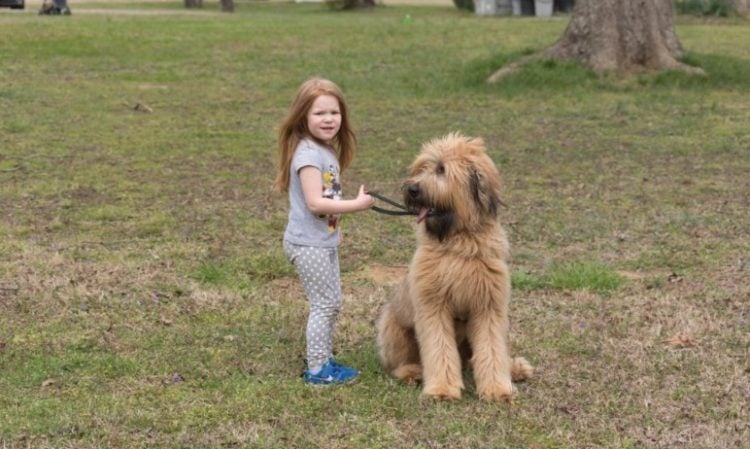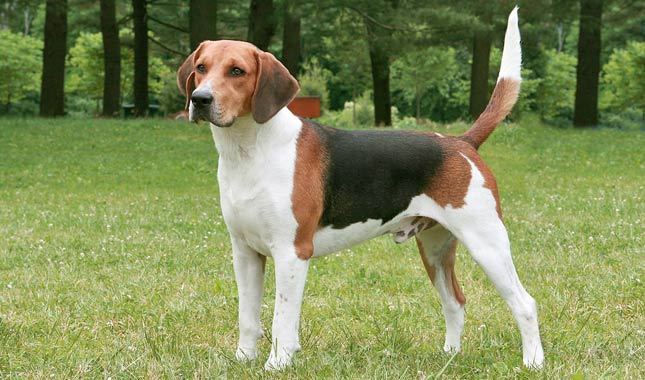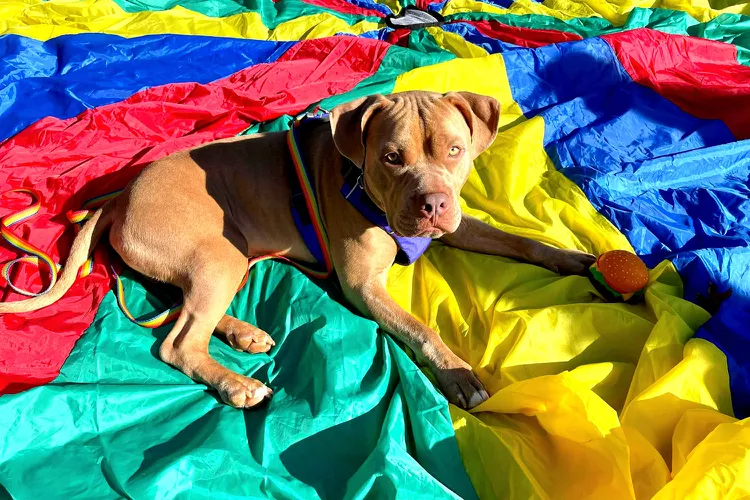10 Things You Didn’t Know about the Briard

The Briard is a French breed of herding dogs that has existed for centuries and centuries. It is a popular breed because of its loyalty as well as its capability to think for itself, which have made it very useful for not just its original purpose but also other roles that have managed to become much more prominent in modern times. Here are 10 things that you may or may not have known about the Briard:
1. Sometimes Called the Sheepdog of Brie
In France, the Briard is sometimes called the Chien Berger De Brie, which translates to the Sheepdog of Brie. There are those who believe that this is because the breed came into existence in the region of Brie. However, there is a much more entertaining tale as well.
2. Said to Have Fought in a Judicial Duel
Supposedly, when a man named Sir Aubry de Montdidier was murdered, his faithful Briard went to such lengths to pursue the murderer that the King of France ordered a judicial duel to be fought on the Isle de Notre Dame. The victorious dog was called the dog of Aubry, which in time, might have been corrupted into the dog of Brie.
3. Uncertain Origins
With that said, no one is sure how the Briard came into existence, which is perhaps unsurprising when one learns that it is so old that people can claim that Charlemagne owned one without sounding ridiculous in the process. For those who are unfamiliar with that name, Charlemagne was the first Holy Roman Emperor who lived from 742 AD to 814 AD, meaning that he predates both the Kingdom of France and the Kingdom of Germany by a considerable margin.
4. Herders and Protectors
In France, the Briard is known to have pulled double-duty by being both herders and protectors. In short, they were responsible for herding sheep as well as other livestock during the day-time. However, when night fell, they were also responsible for protecting their charges as well as their human masters from wolves as well as other predators lurking about.
5. Have Double Dew Claws
One of the most interesting characteristics of the Briard is their double dew claws, which are perfectly functional. Like the case of other breeds that share this characteristic, it is believed that the Briard uses them to maintain balance on uneven terrain, which is very useful for its intended roles.

6. Devastated by the First World War
The Briard is one of the breeds that was devastated during the First World War because it saws extensive use as sentries, messengers, and rescuers of those who had been wounded. As for the human casualties, well, suffice to say that the French lost 1 in 20 of their population. Moreover, more than a third of the soldiers between the ages of 19 and 22 were killed in the fighting, which had long-lasting consequences for France as a whole.
7. Very Affectionate
Generally speaking, the Briard is famous for being a very affectionate breed. There are plenty of stories about how they will grieve when they are separated from their human masters as well as how they will rush to greet them when they are reunited.
8. Needs to Be Introduced to Strangers in a Careful Manner
With that said, guard dogs being guard dogs, the Briard needs to be introduced to strangers in a careful manner to make sure that they are aware that said individuals are not a threat to either them or their loved ones. This extends to new members of their family as well.
9. Can Be Stubborn
Personality-wise, it isn’t uncommon for a Briard to exhibit characteristics that a human might call “stubborn.” This is because the breed was bred to think for itself, which was necessary because of the enormous responsibilities of its intended role. With that said, this can be a serious drawback because it makes it difficult to retrain Briards when it learns something wrong.
10. Have Seen Use as Both Service Dogs and Therapy Dogs
The Briard has seen use as both service dogs and therapy dogs. However, some members of the breed are not well-suited for such tasks because they can exhibit aggression as well as dominant personalities, meaning that they need very experienced handlers for the best results.





